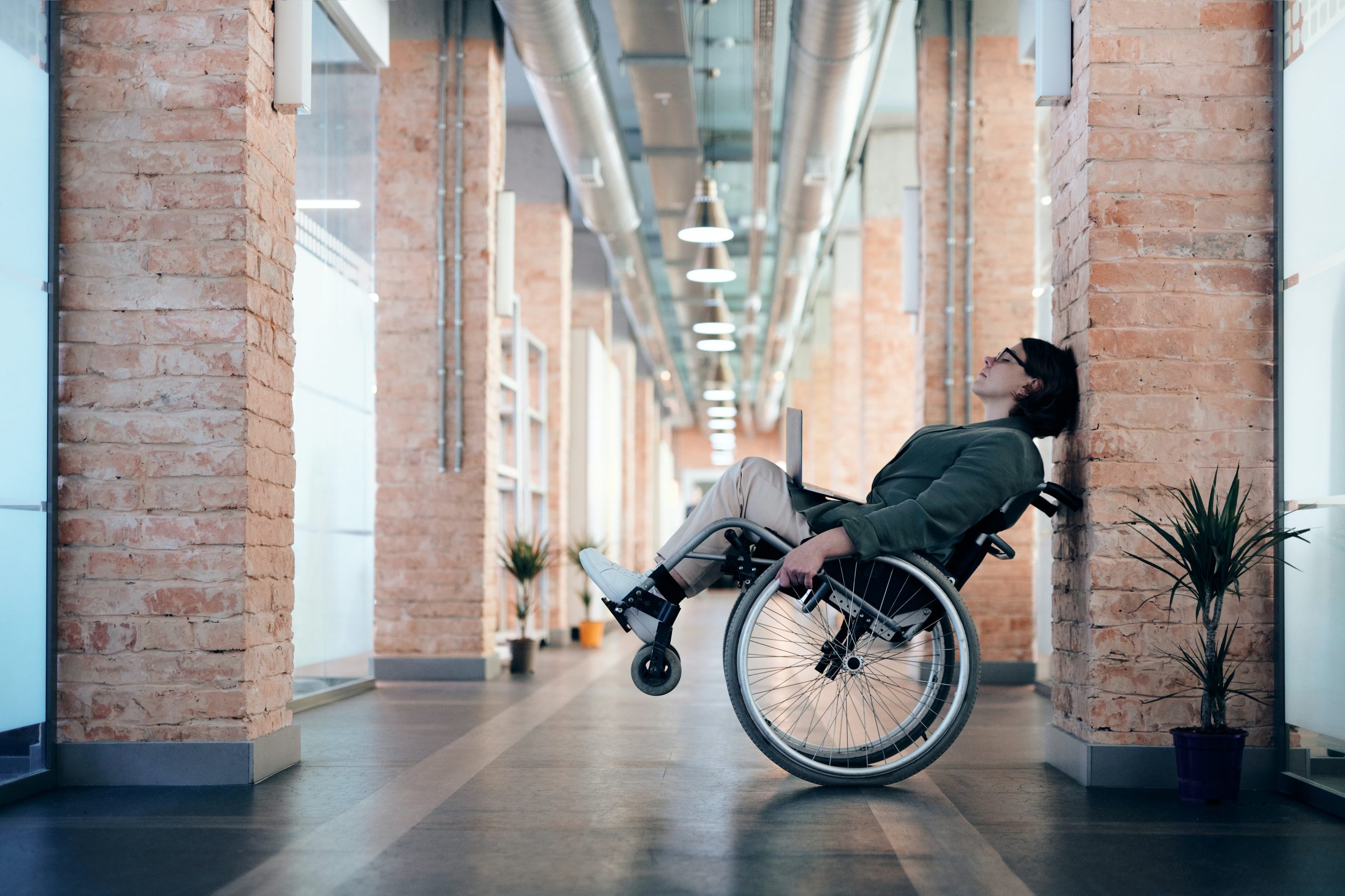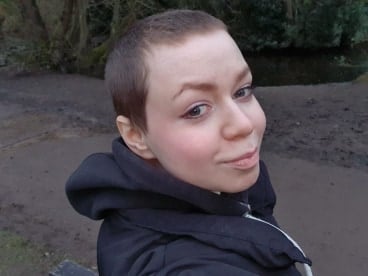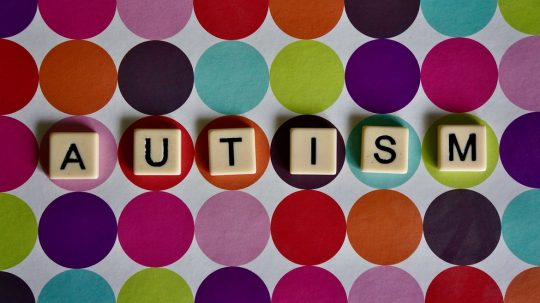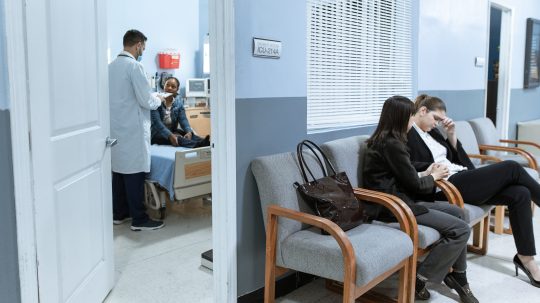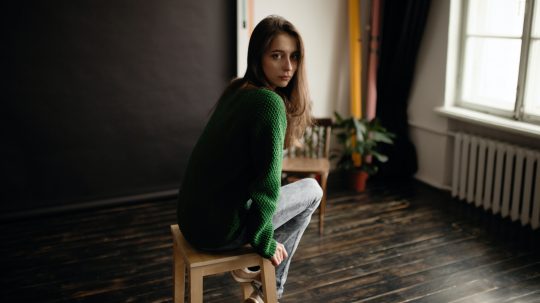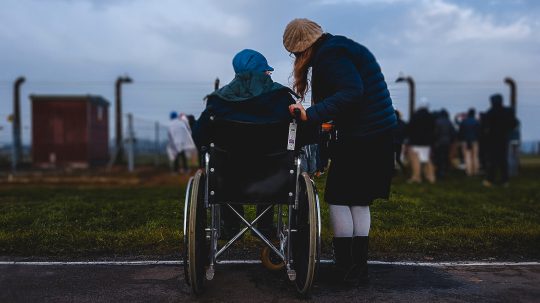There is a housing crisis in the UK and it is not gender-neutral. Women on an average salary cannot afford to rent privately in any region in the UK. In contrast, every region, except for London, is affordable for single men.
The affordable housing shortage is a human rights issue which infringes upon the right to an adequate standard of living enshrined in the International Covenant on Economic, Social and Cultural Rights. Due to significant inequalities of access for women and disabled people, the housing shortage also violates Article 14 of the Human Rights Act – the right to freedom from discrimination. A system that does not allow women to rent on an equal footing with men is discriminatory.
Poverty and gender roles lead women into dependency on partners to afford rent, putting us at heightened risk of domestic violence, a leading cause of homelessness. In 2019, 67% of statutorily homeless people were women, yet homelessness is often perceived as a ‘male issue’. Although male rough sleepers are the most visible homeless population, they constitute a small part of a much bigger picture of homelessness, which includes people without a home who still have roofs over their heads, such as people living in bed and breakfasts or in temporary accommodation.

Credit: Artem Podrez / Pexels
It is difficult to get exact figures on homelessness, but between Spring 2020 and 2021, 149,160 households in England were owed a relief duty after applying to their council as homeless. Between 2007 and 2017, nearly half of statutorily homeless households were single mothers.
Homeless women’s extreme vulnerability to sexual violence means they are less likely to risk sleeping outside or in night shelters predominantly designed for men. In shelters I’ve volunteered for in the past, homeless guests (the vast majority of whom were men) would all sleep on the floor in one room. While unpleasant for anyone, for a woman, sleeping in the same room as male strangers is likely to be especially frightening. Some women in mixed-sex homeless accommodation experience sexual harassment or assault. In one study, homeless women reported preferring rough sleeping instead of using night shelters due to the perceived risk of mixed dormitories. Only 11% of homelessness services offer women-only accommodation, according to a 2019 Agenda briefing.
Invisibility can mean safety at the expense of timely support, especially because homeless women generally present to services later than men. Moreover, if women do not present to services, we are excluded from statistics. This leads to the assumption that we do not need support, so the cycle of inadequate, male-centric provision continues.

Credit: Armağan Başaran / Pexels
Even where women-only provision is available, it often excludes disabled women, who are further disadvantaged with respect to housing. We experience a gendered disability pay gap, earning lower incomes than non-disabled women, non-disabled men, and disabled men and we are more likely than non-disabled people to claim benefits and experience ‘DSS’ discrimination. As a result, we are disproportionately homeless, but highly invisible.
Like many ‘invisibly homeless’ women, I ‘sofa-surfed’, relying on the generosity of friends who offered their settees. I later spent a year in homeless temporary accommodation but I am now lucky to be housed. A hostel is not a suitable place for anyone to live. But for an autistic, heavily traumatised woman, living in such an unpredictable environment was especially challenging. Staff, including male staff, had keys to my room and opened my mail, contributing to feelings of paranoia that alienated me from others at an already lonely time. These privacy violations commonly experienced by homeless people threaten the right to privacy.
Autistic people commonly experience sensory sensitivities. One of mine is light, which was triggered by the horrible strip lighting in the hostel’s kitchen. The windows had no curtains or blinds to keep out the sun – apparently a ‘fire risk’ – and the heating was always turned on full-blast. ‘Residents’ were not allowed to adjust it, being perceived as too incompetent to deal with such things. Summer, a season I already struggle with, was sensory hell as a result.
As well as making hostel life challenging, being autistic likely influenced me being placed there rather than a women’s refuge. Having been turned down for refuge spaces, I suspect discrimination occurred. The assessment process happened via phone, a medium with which I and many other autistic people struggle. If the assessment had been more accessible (for example, by providing the option of writing my answers to questions), perhaps there would have been less doubt in the mind of the assessor over whether I had the required independent living skills to manage in the refuge.
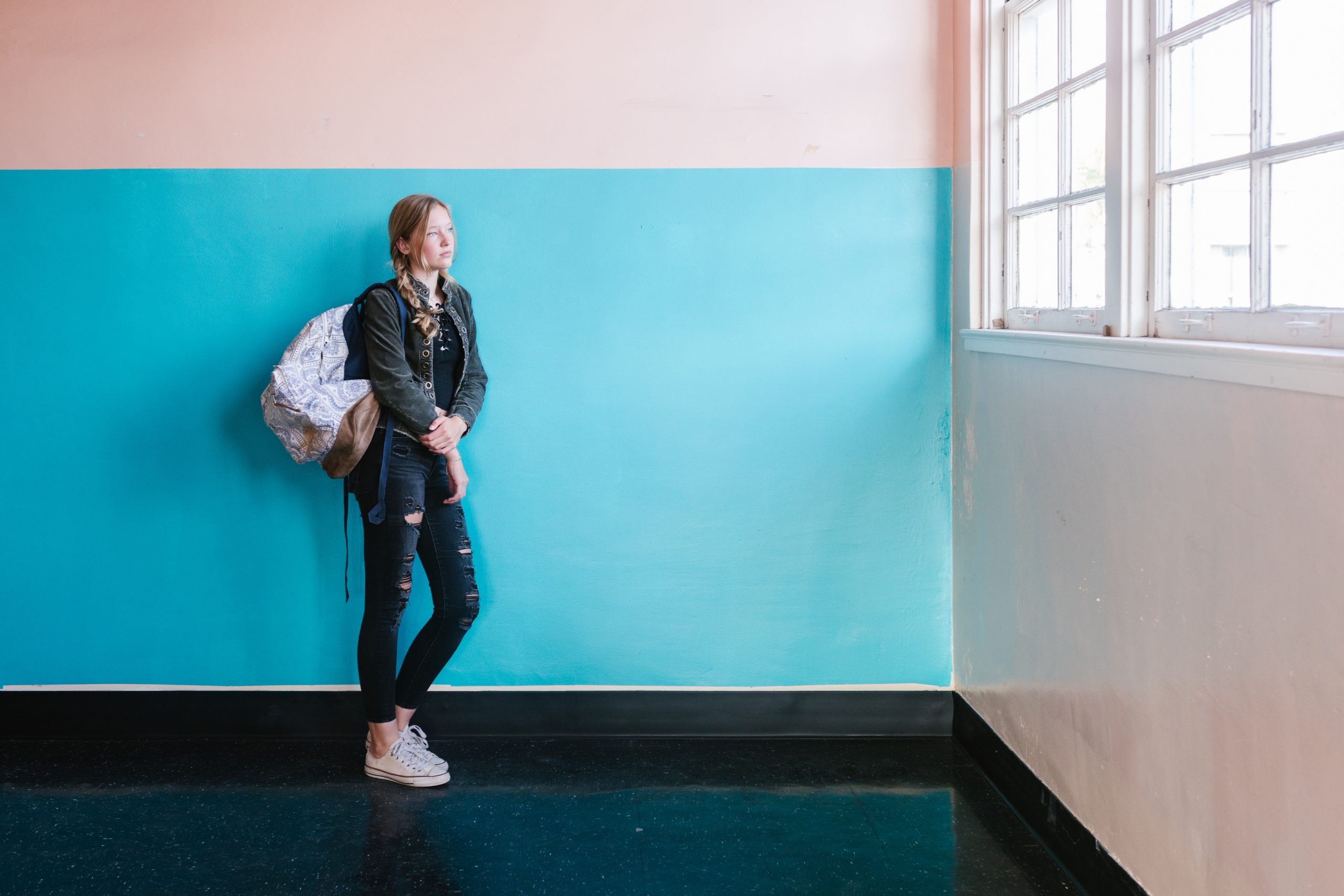
Credit: Rodnae Productions / Pexels
My experiences as an autistic homeless woman relate to a broader issue, where women face unique barriers at the intersections of disability, homelessness and gender.
Writing about homeless women being rejected from refuges for Street Hooker, Grace Sumner said: “Those fleeing domestic violence often get refused from mainstream services such as Refuge, especially sex workers and drug users, on safeguarding grounds. In fact, 60% of people were refused last year.”
Sumner’s focus is on sex workers but her words also apply to disabled women escaping domestic violence. Underfunded and overstretched services struggle even to accommodate survivors without ‘additional needs’ due to chronic bed shortages.
There are many things that can be done to uphold the human rights of disabled women so that we do not end up homeless in the first place. Tackling domestic violence needs to be a top priority and specialist women’s services require additional funding. Not only to provide their core services but to improve accessibility for disabled women, who are twice as likely to experience domestic or sexual violence as non-disabled women.
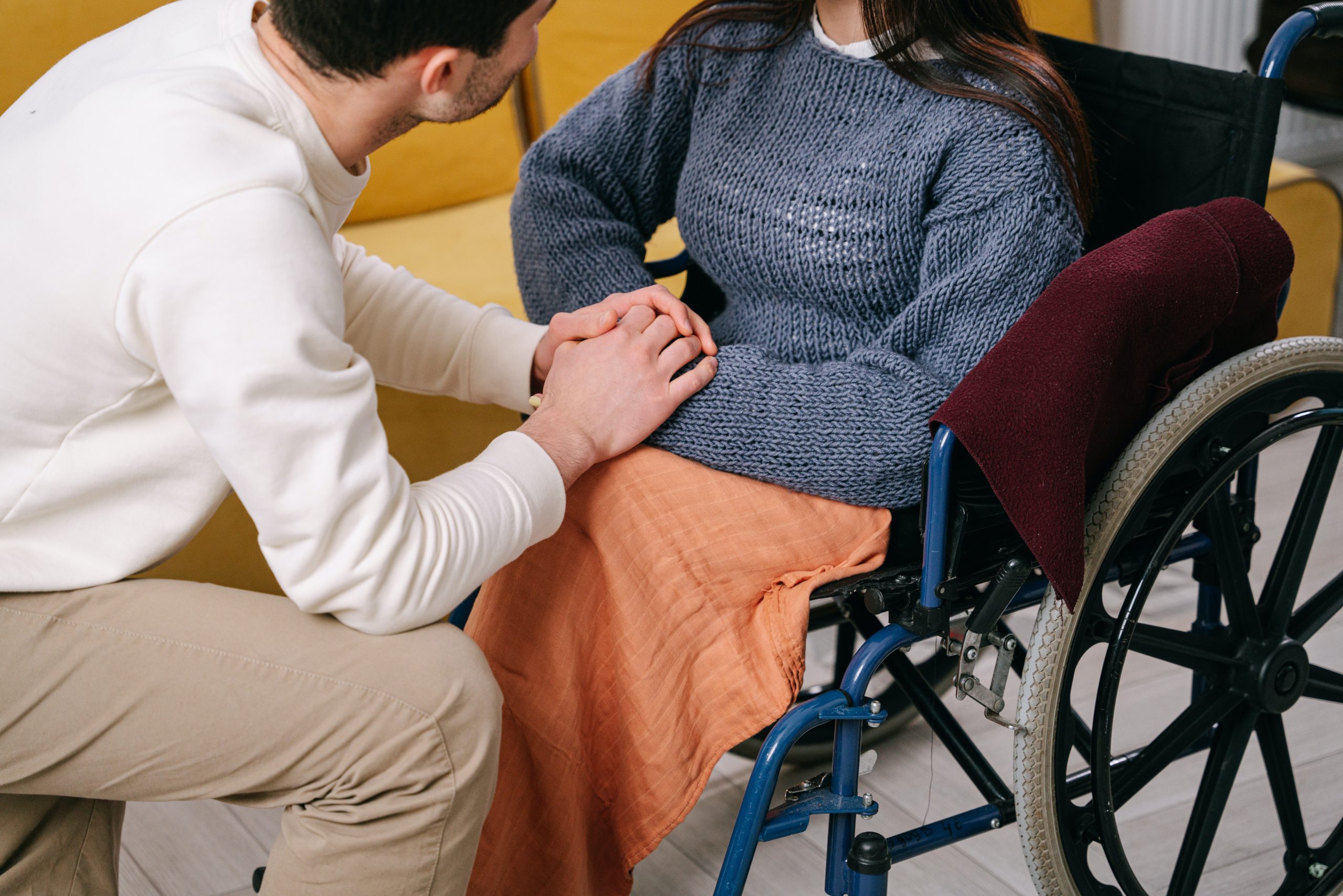
Credit: Ivan Samkov / Pexels
An initiative that could inspire future work is A Refuge For All, a project dedicated to improving disabled women’s access to domestic violence services, which funded disability equality training for staff in pilot areas. Reform of the benefits system is also necessary to reduce the poverty that makes housing unaffordable for disabled women. The Women’s Budget Group has made many excellent recommendations on how the welfare system can be improved for disabled women, including abolishing the benefit cap and the draconian two-child limit.
While homelessness still exists, disabled women’s experiences must be prioritised in research and service design. I am proud to have participated in a recent research project with housing charity Shelter, where I and other women with lived experience of homelessness designed and conducted research to identify what women need from services.
In the future, I hope there will be no need for such research because our society will be deeply committed to upholding the right to an adequate standard of living for people of all genders and abilities. We must work towards that ideal: a society where disabled women will be free from discrimination and are able to thrive.
The views expressed in this article are those of the author and do not necessarily reflect the views of EachOther.
About ‘The Inspired Source’ Series
This series is part of our work to amplify the voices of aspiring writers that are underrepresented in the media and marginalised by society. Each piece examines a human rights issue by which the author or their community is affected. Where possible, authors outline a position on how we might begin to address the issue. Find out more about the series and how to send us a pitch on this page.

